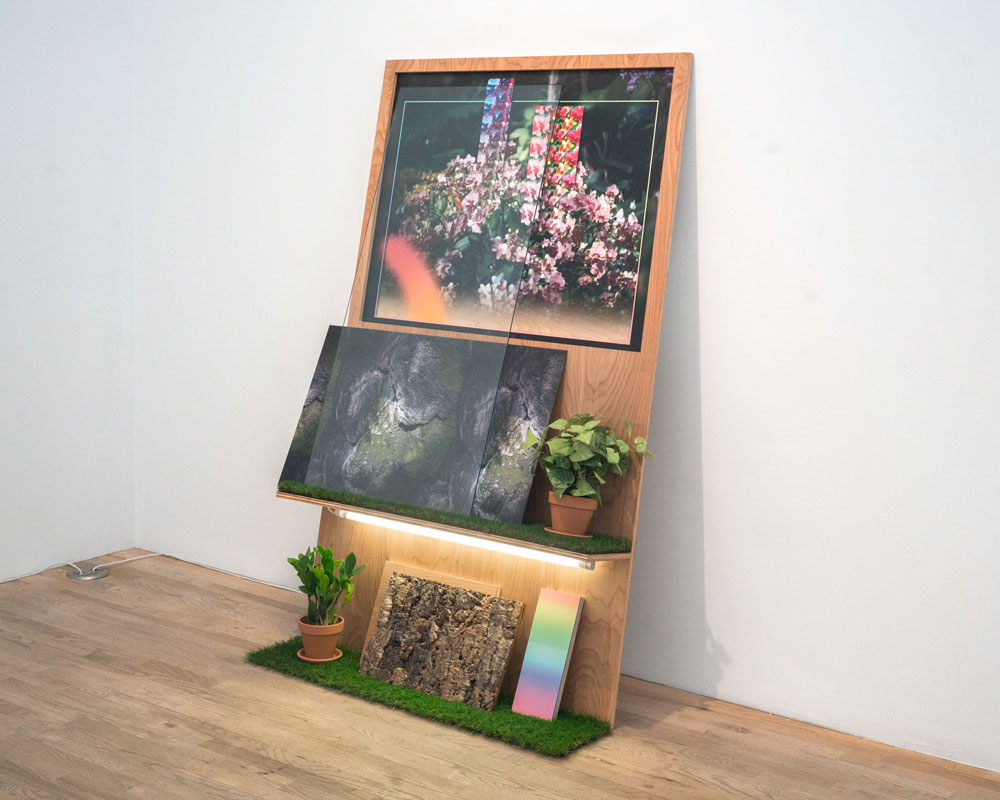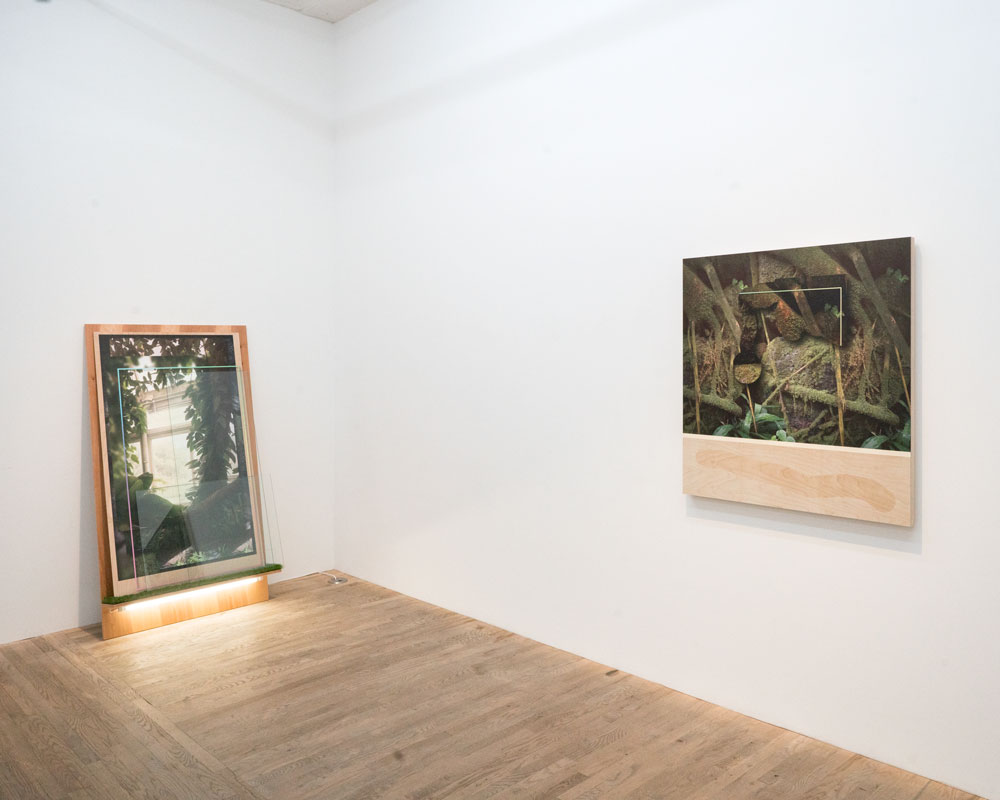Mark Dorf: Transposition
Mark Dorf is constantly challenging the viewer to reconsider the way we consume a photograph and the way we envisage the landscape. His new project, Transposition, recently opened at the Postmasters Gallery in New York and the work and installation are so unique that I asked Mark to write about his process, concepts, and installation. His essay follows.
Mark Dorf is a New York based artist whose creative practice employs a mixture of photography, digital media, and sculpture. In his most recent work, Dorf explores society’s perceptions of and interactions with the digital domain, urban and architectural environments, and the “Natural Landscape”. With an interest in technology and science, he scrutinizes and examines the influence of the information age in order to understand our curious habitation of the 21st century world.
Dorf has exhibited internationally including at Galerie Philine Cremer, Dusseldorf, DE, 2016; Division Gallery, Toronto, 2015; Postmasters Gallery, New York, 2015; Outlet Gallery, Brooklyn, 2015; The Lima Museum of Contemporary Art, Lima, 2014; Mobile World Centre, Barcelona, 2014; Harbor Gallery, New York, 2014; SCAD Museum of Art, Savannah, 2013; and Phoenix Gallery, New York, 2012. Dorf’s work is included in the Fidelity Investments Collection, the Deutsche Bank Collection, and the permanent collection of the Savannah College of Art and Design.
Transposition by Mark Dorf
Transposition is a new body of work currently on view at Postmasters Gallery in New York City. The new works explore on the most basic level humanity’s interaction between urban architectural environments, “Nature”, and the technological landscape. Typically these three categories of thinking are seen as absolute separates – splintered understandings of our existence – when in reality all three of these modes of thinking are codependent, co productive, and all affecting. The compositions in Transposition represent the exchange of material and influence between these modes of thinking.
This series was originally birthed from a commission by the Fotograf Festival in Prague, CZ in the Fall of 2016 where I was asked to install and create new works for the festival inside of the Albertov Botanical Gardens. Working under the theme of the festival, “Nature/Culture”, I was tired of this kind of binary thinking and instead looked to express the closeness of these two spaces through proximity based installations of digitally manipulated photographs and other objects such as plywood, glass, concrete, fake grass, fluorescent lights, and manipulated natural materials like bark and stone. All of the materials in the works are derivative of “Nature” in some way either through actual material, aesthetic, or function, but processed in a way that it is no longer representative of its original form.
Elements within the compositions point to these three modes of thinking – “Nature”, architectural environments, and technological environments – but none are represented directly and absolutely. There is no landscape represented in the works, instead there is plywood, house plants, fake plants, fake rocks, fluorescent lights, bottled water, bark and images of botanical gardens shot in both the Bronx and Brooklyn; there is no architecture explicitly revealed in the works, instead there are psudo-architectural forms that are leaning against walls addressing the room in which the work itself is housed while simultaneously and literally holding up and supporting the other objects in the compositions on shelves attached to the forms; and there is no digital technology directly represented, instead there are images that are manipulated in order to reveal the malleability of the digital language itself expressing how easily it can shape and affect the way we think about archetypes and the subsequent effects of this fictional representation of reality which is believed to be true.
By bringing all of these components together within a conceptual framework, Transposition reveals an underlying vocabulary in our world that is not new, but is rarely addressed: one that does not seek an origin of material, or a return to “Nature”, but rather one that sheds light on the constant exchange and transformation of material in our world. “Nature” is a fabricated idea made only to support our own self definition, a means of othering to create an evolved human identity that has risen above that of “Nature”. Through erasure of these falsely defining categories, we are left only with a single identity of our planet, a definition that we so desperately need in our current day.
Posts on Lenscratch may not be reproduced without the permission of the Lenscratch staff and the photographer.
Recommended
-
Salua Ares: Absense as FormNovember 29th, 2025
-
Ricardo Miguel Hernández: When the memory turns to dust and Beyond PainNovember 28th, 2025
-
Pamela Landau Connolly: Columbus DriveNovember 26th, 2025
-
KELIY ANDERSON-STALEY: Wilderness No longer at the Edge of ThingsNovember 19th, 2025
-
Jackie Mulder: Thought TrailsNovember 18th, 2025







































































